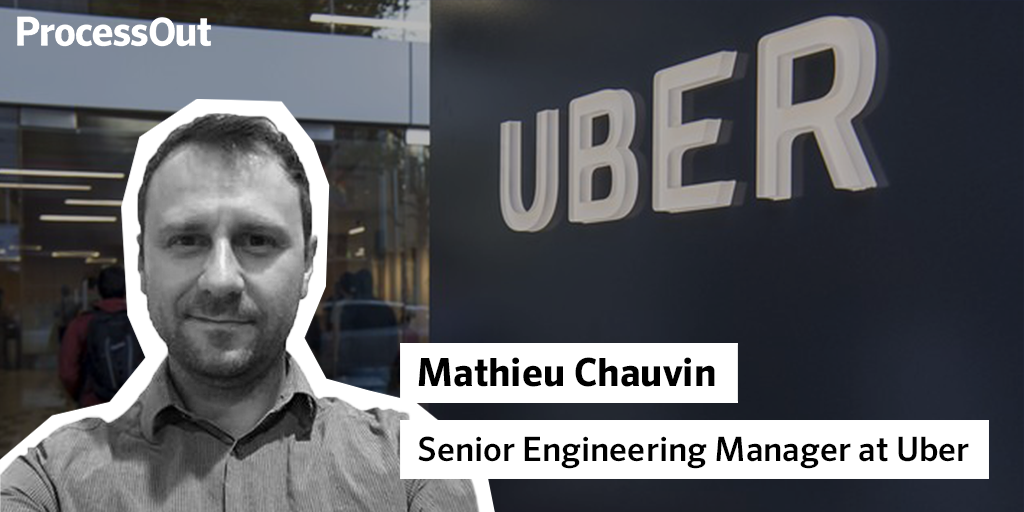PaymentViews #5 - Mathieu Chauvin, Senior Engineering Manager at Uber
by Matthieu Couet on
Today we’re glad to interview Mathieu Chauvin. Mathieu is a Senior Engineering Manager at Uber, and he has been working on building payment platforms and infrastructures at some of the best tech companies including Apple, Blizzard, Netflix, or Ubisoft. We talk about the evolution of the payment landscape, and how such innovative companies approach payment.

Hi, Mathieu! Could you introduce yourself in a few words? What’s your professional background?
Hi, sure! My name is Mathieu Chauvin. I’m a senior engineering manager at Uber. I’ve worked for almost 20 years in the domain of technology and video games, including Apple, Netflix, Blizzard Entertainment and Ubisoft. I specialized for the last 15 years in building Commerce and Payment systems.
After being part of some of the best tech companies, how did you see the payment landscape evolve?
From an engineering perspective on the merchant integration side, I witnessed how the payment landscape matured over the years in 2 distinct dimensions: breadth and depth.
In terms of breadth, it has become easier than ever for a merchant to be global and to accept payments worldwide. Through the various merger & acquisitions that happened in the last 10 years, payment processing companies now offer turn-key solutions that are very easy to integrate with.
For the depth perspective, payment intelligence has never been so advanced. Merchants have always built integrations with payment processors, but it’s only in recent years that KPIs (Key Performance Indicators) like approval rates and processing costs have become an important component of the company’s strategic goals. Features like account updater, transaction recycling, and smart routing play a critical role and are now widely adopted by merchants.
You’ve worked in the payment engineering teams of Apple, Netflix, Blizzard and now Uber: can you tell us more about your role there?
In short, I could say I manage teams responsible for building payment systems. I had several responsibilities, starting from individual contributor (on the billing system of Blizzard’s World of Warcraft in 2003), to managing various teams of engineers building payment platforms.
How are these organizations approaching payment?
Each organization approached payment in different ways, but the biggest gap I observed was when I joined Netflix, where payment was taken to unprecedented levels. It was extremely data (and experimentation) driven; KPIs like approval rates were tracked at a very fine grain. This enabled us to know instantly when the performance of a specific payment type in a specific country was degrading, and taking action immediately. All this success was possible thanks to the very close partnership between the business, data science, and engineering teams.
Uber’s approach to payments is also fascinating. As a company, Uber is a technology platform enabling several businesses like ride-hailing, food delivery, and freight, to build their product easily. From a payment perspective, it implies that the payment platform has to be generic enough to seamlessly support the various specificities of each line of business.
Additionally, Uber’s platform is bi-directional, meaning that it manages the payins and the payouts. As a result, it’s extremely critical to ensure data correctness.
Thanks a lot, Mathieu!
If you want to know more about how businesses deal with payment, read our last interviews of payment leaders:
